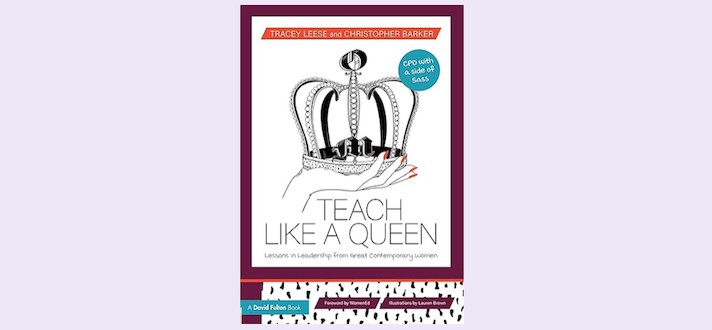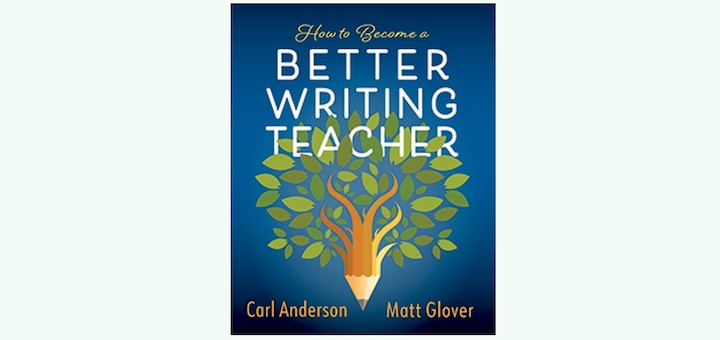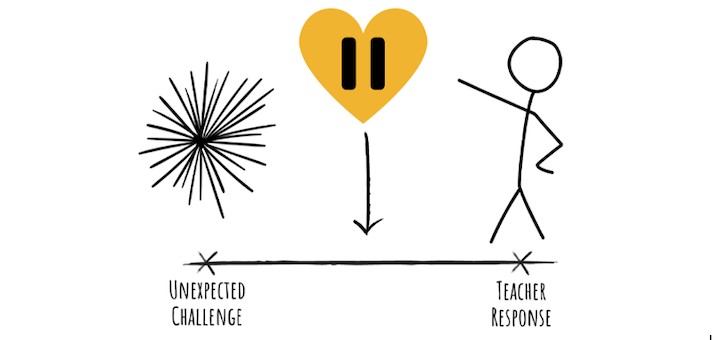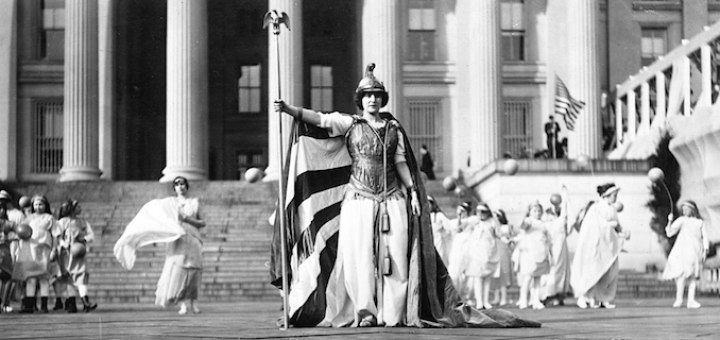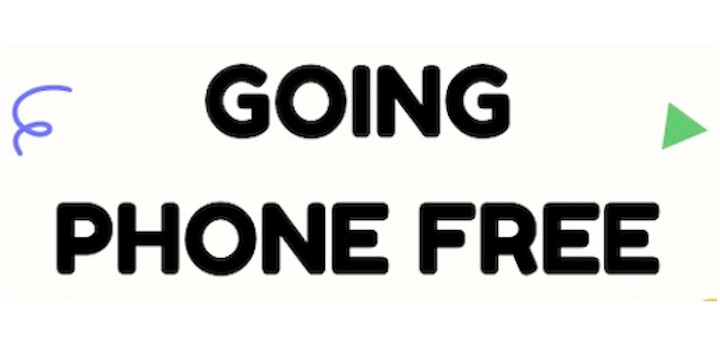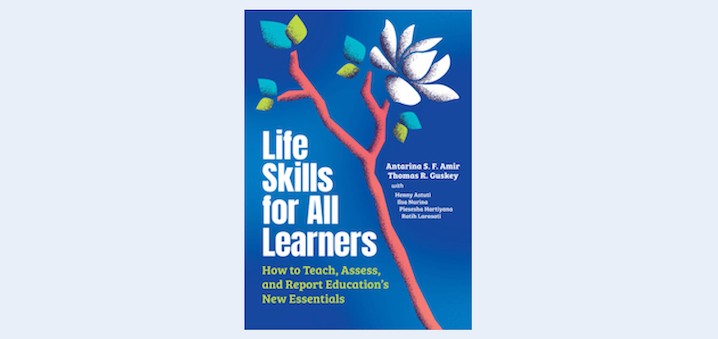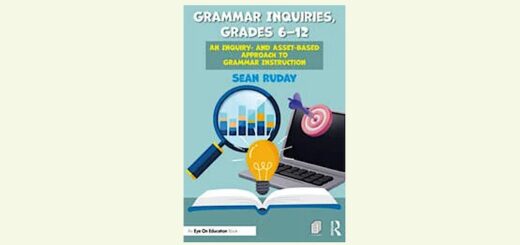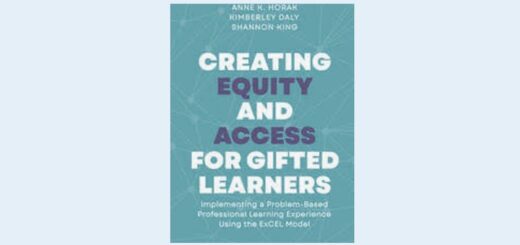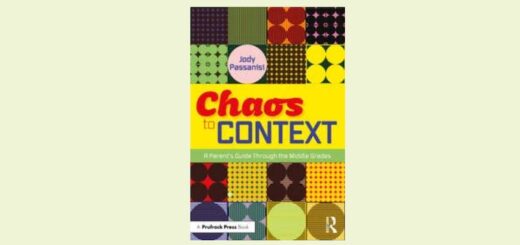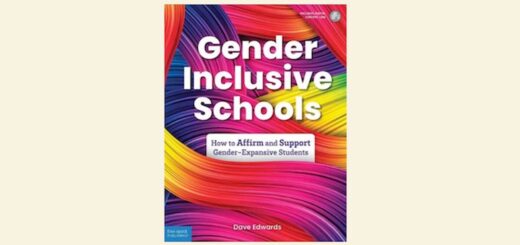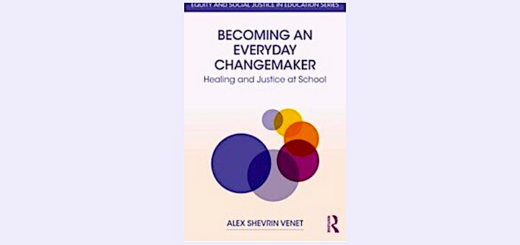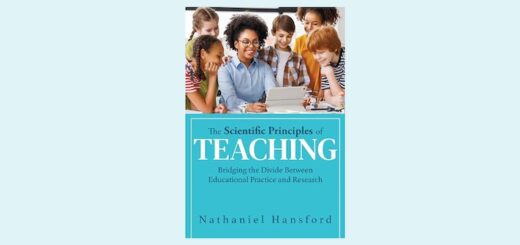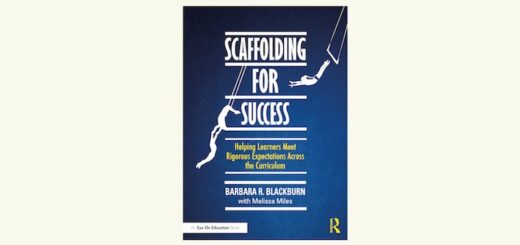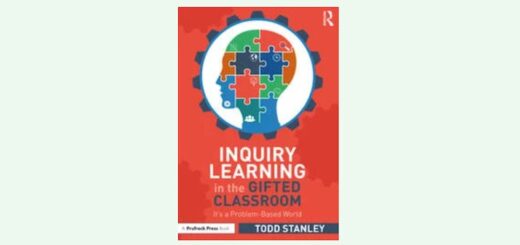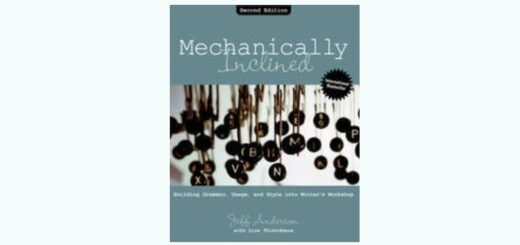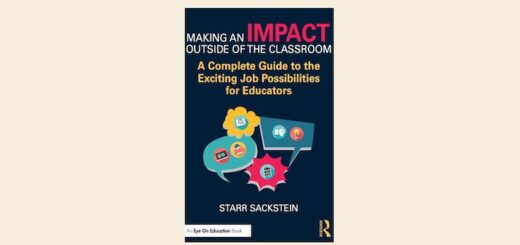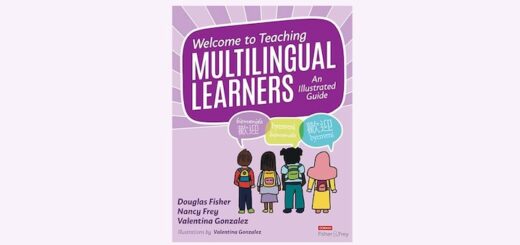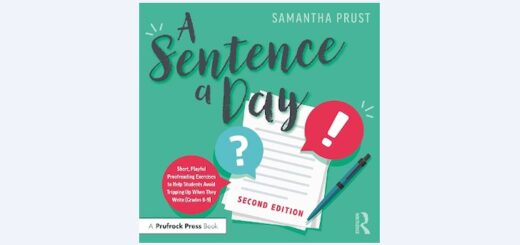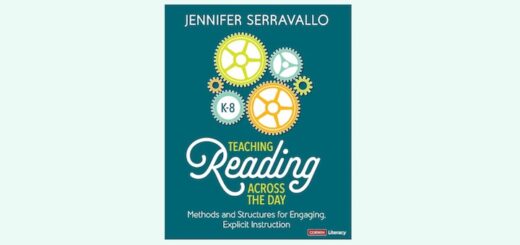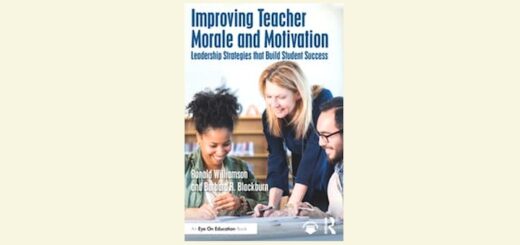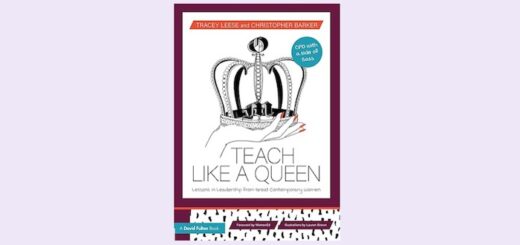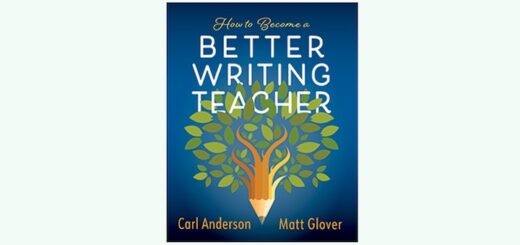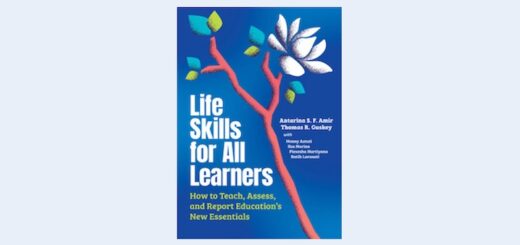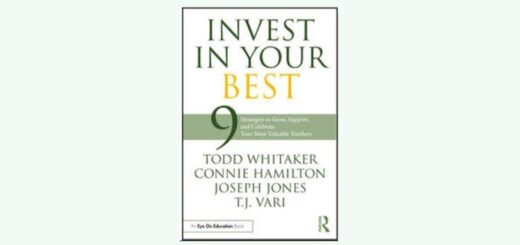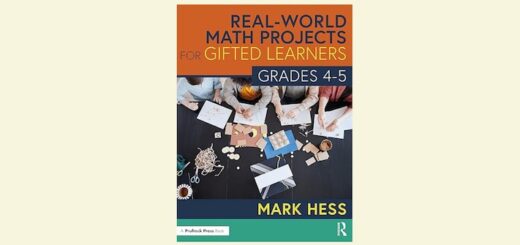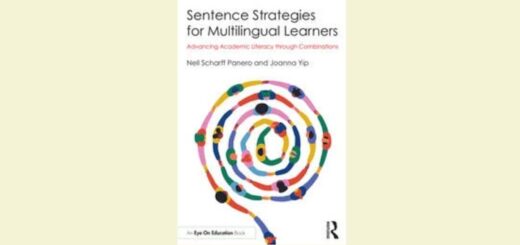Teaching and learning in grades 4-8
Educators can benefit from Teach Like a Queen, a book featuring seven famous women whom the authors believe model (collectively) selflessness, integrity, objectivity, accountability, openness, honesty and leadership. A light read with helpful insights, writes Katie Durkin.
Julie Hasson looks into how teachers benefit from regular reflection on changes, challenges and celebrations to better understand experiences, choices, and consequences. Along with regulating, relating and reframing, reflection can help us recharge and build greater resilience.
Stealth learning and assessment blur the boundaries between learning, assessment, and fun. Teacher educator Curtis Chandler shows how simulations and practical projects help students across subjects gain knowledge while enjoying the process. Included: some lesson design tips.
Anderson and Glover have authored a helpful, easy-to-follow book, writes veteran teacher Elisa Waingort-Jiménez. Their eight strategies center on specific craft and genre moves that will help teachers become better writers as they help students develop their own skills.
By developing the skill of reframing, teachers can navigate challenges with greater ease, foster a more positive mindset, and build resilience that benefits us and our students. Tools for changing our perspective include pausing, pondering, and persisting, writes Julie Hasson.
Women’s history is no longer in hiding, thanks to scholars who are documenting women’s impact on society. Middle grades teachers can help their students trace that history with these resources, just updated and expanded, for Women’s History Month and beyond.
Cooperation among teachers, parents, students, and administration has been key as Katie Durkin’s middle school has adopted a strict phone-free policy this school year. She cites three factors that she believes account for a smooth transition and shares her hopes for the future.
“Life Skills for All Learners” by A.S.F. Amir and Thomas Guskey offers a comprehensive exploration into crucial life skills education and shows how to integrate the skills into lessons. Melinda Stewart says the book is both insightful and a practical guide to skill-building.
Educators tend to think of building strong relationships as something we do to impact others, but we are also helping ourselves. Taking into account the challenges of relationships, Julie Schmidt Hasson looks into how connections with adults and students help us grow stronger.
Setting goals across all subject areas is an important practice that helps students at every grade level excel academically and nurtures essential life skills. Incorporating mindfulness into this process strengthens student focus and resilience, writes Kathleen Palmieri.

